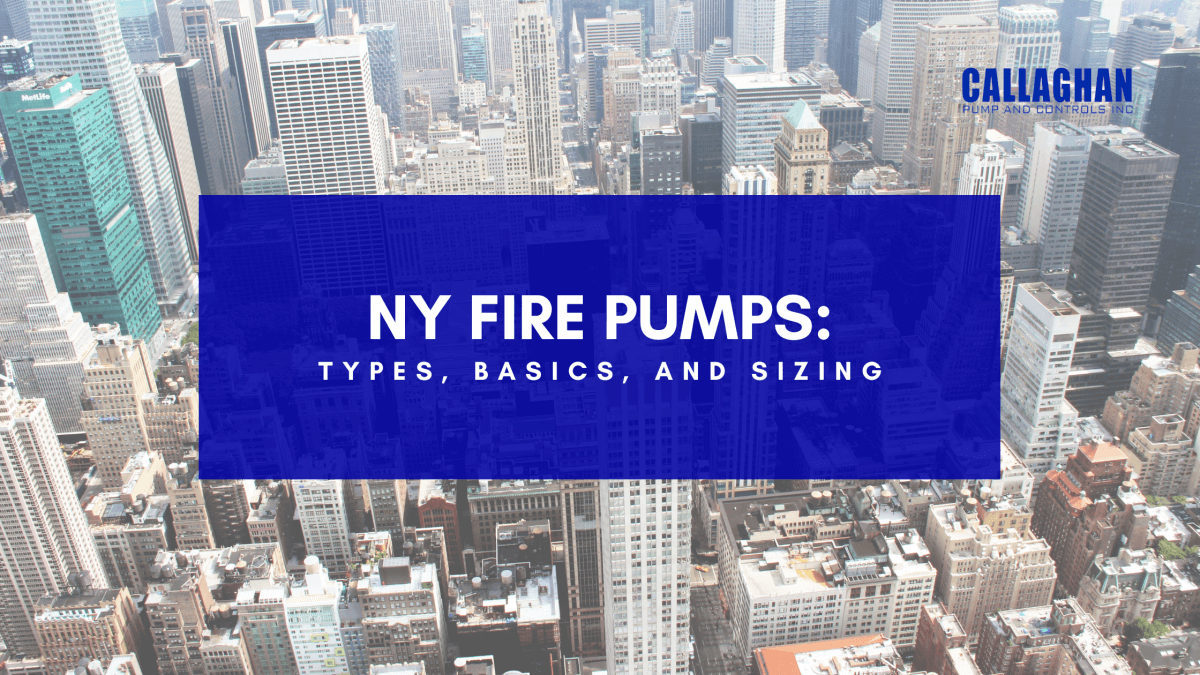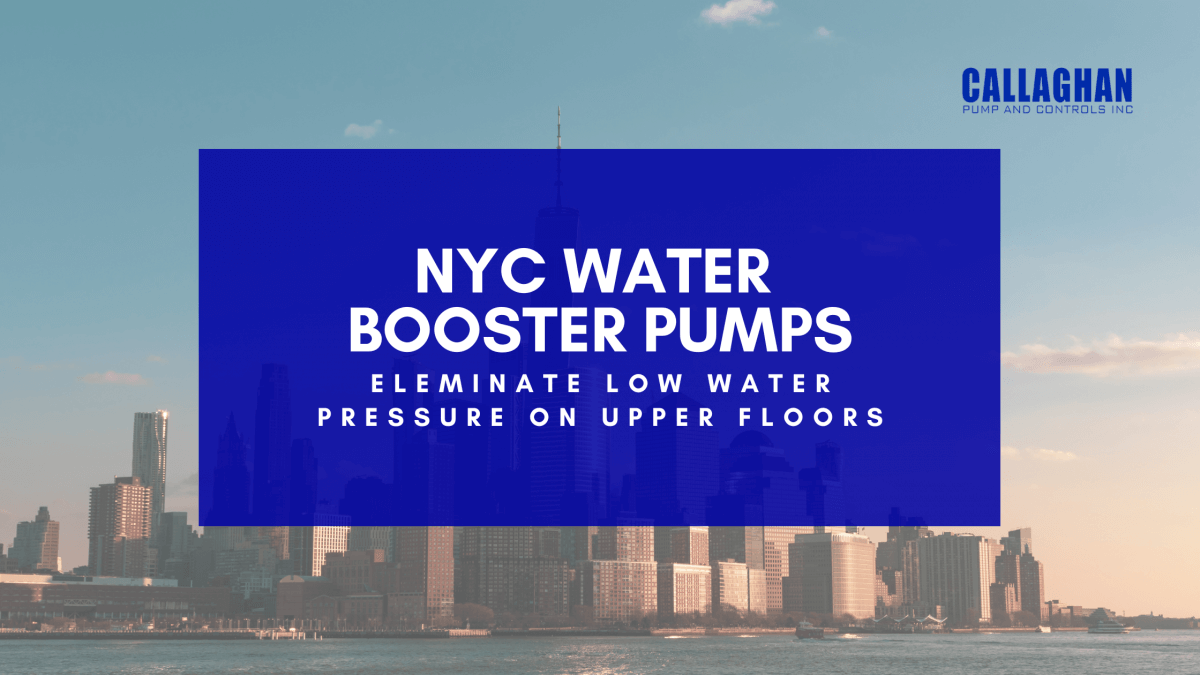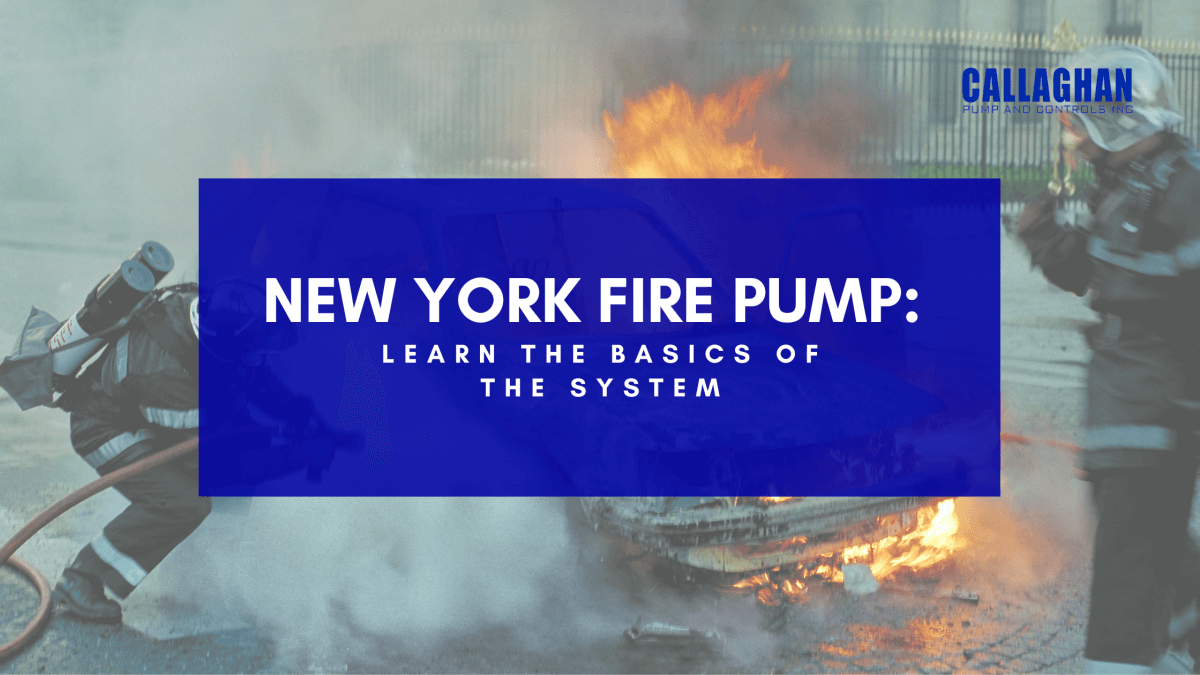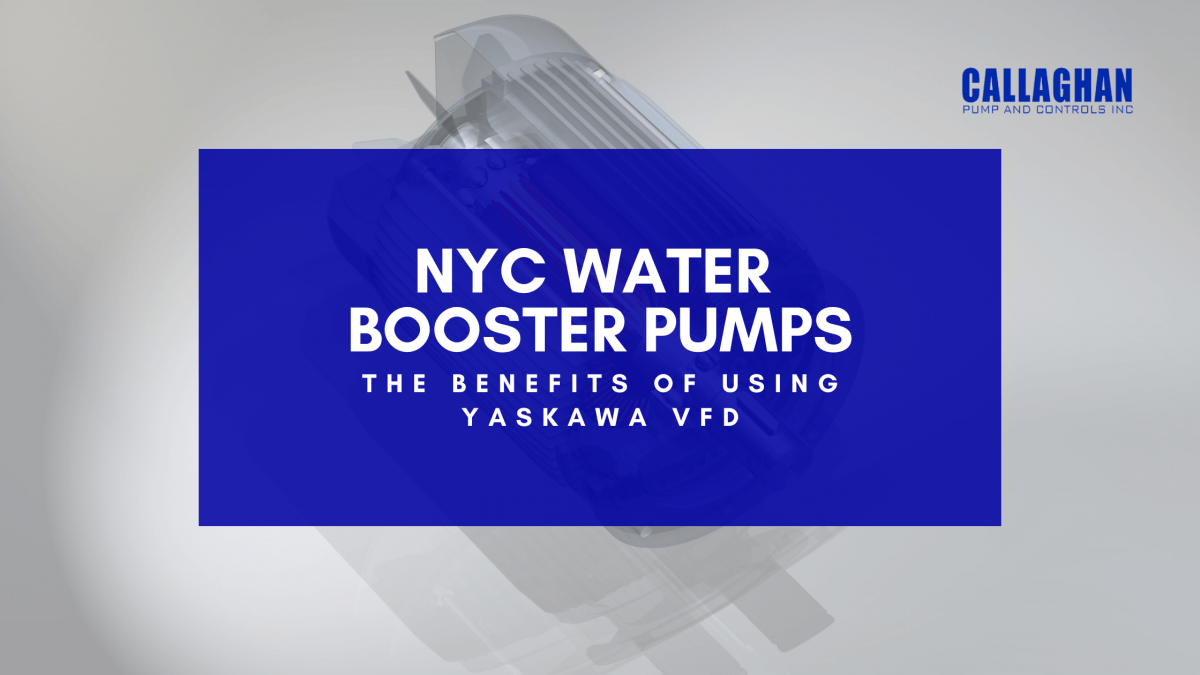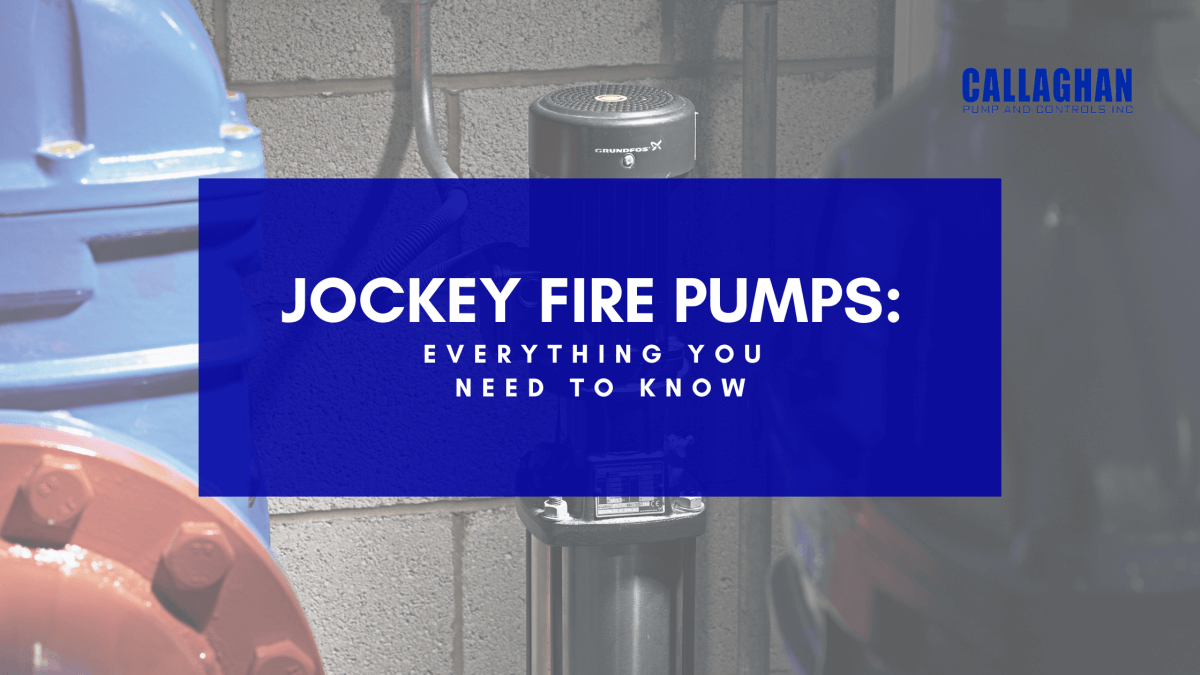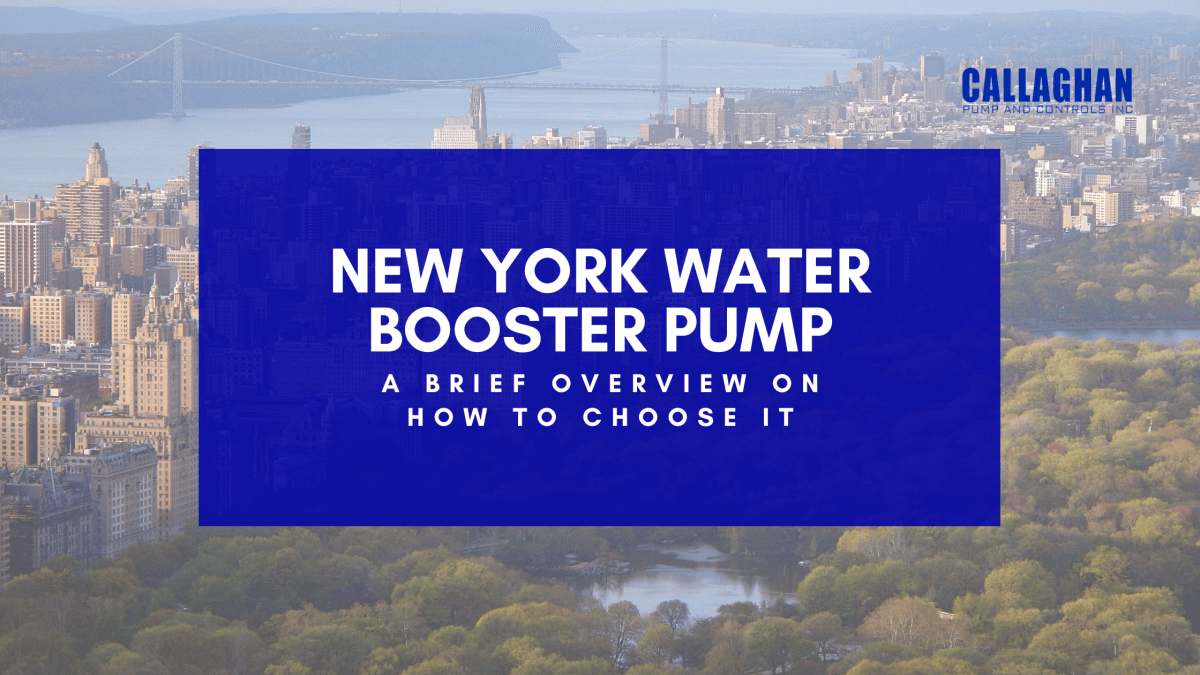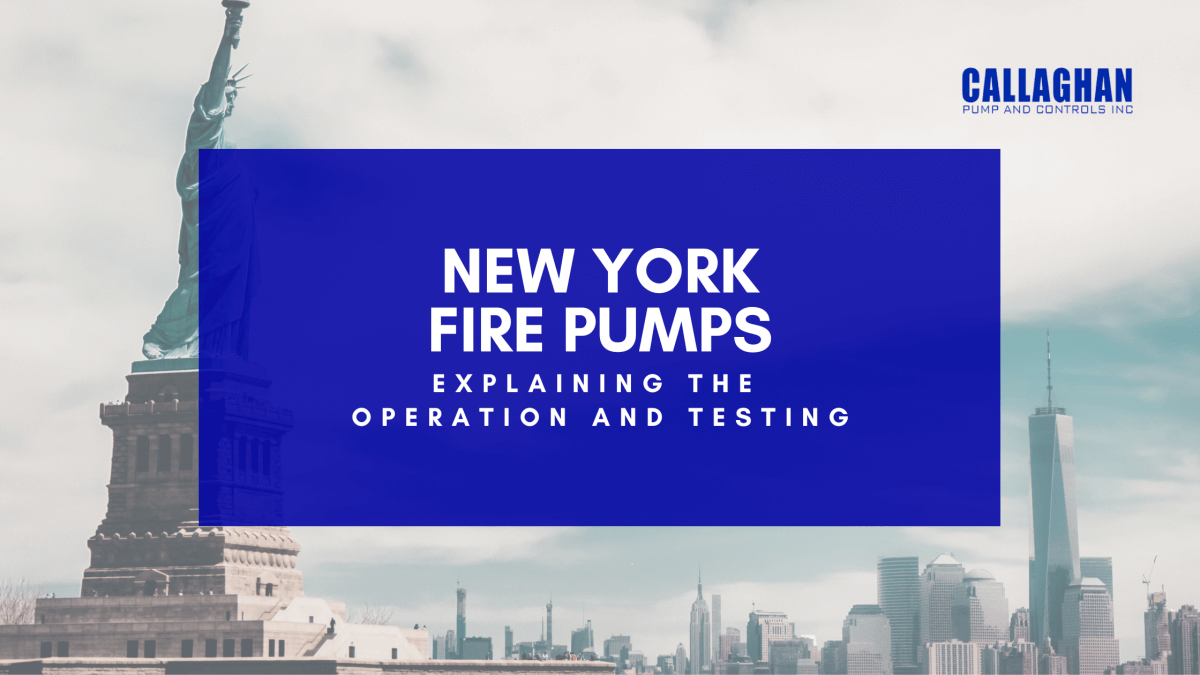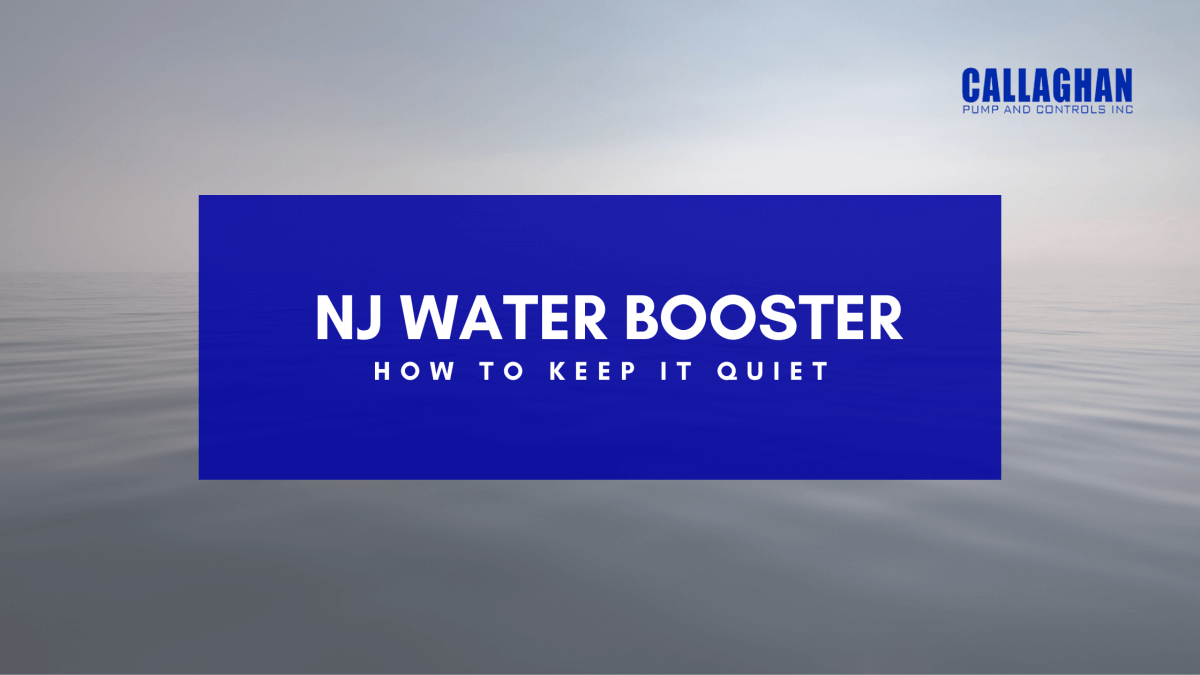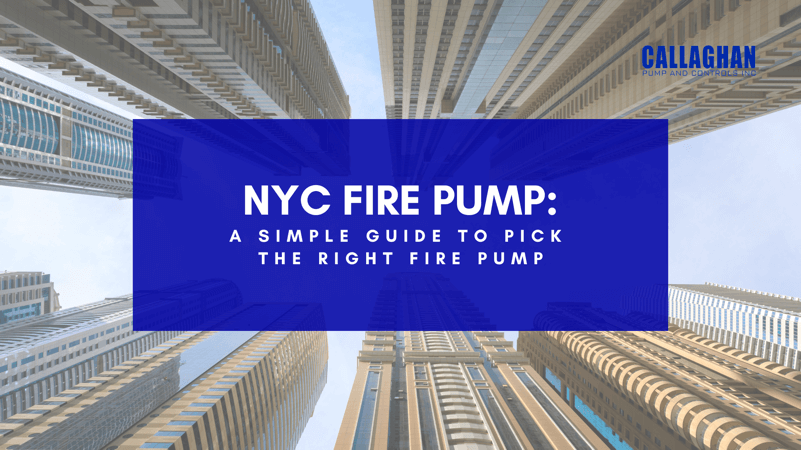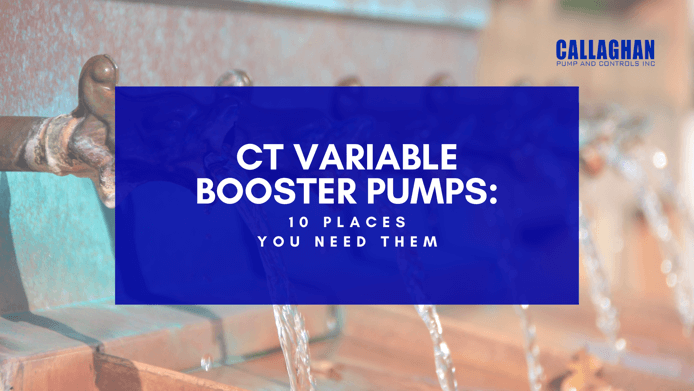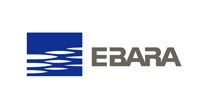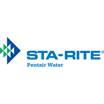In this ever-evolving world, one thing you can’t skip is supporting your fire protection needs. Depending on your building and sprinkler type, you have to achieve enough water pressure to meet your fire protection needs. You need to ensure that there’s an NY Fire Pump installed, and if there isn’t one, get one ASAP!
The Basics of NY Fire Pumps
Specifically designed, tested, and installed for fire protection, the NY Fire Pump propels water through pipelines and boosts the pressure and flow. It is usually placed between the water supply connection and the main riser of your fire sprinkler system. It automatically switches on when the activation of a fire sprinkler causes a drop in the water pressure.
While all fire pumps perform the same function, there are a variety of options to choose from. They generally come in all sorts of sizes, designs, types, and models. It’s important to know what each one does. Below are some of the most popular fire pumps available out there in the market.
- Horizontal Split-Case : These are by far the most common and easy-to-work-with fire pumps. They aren’t essentially a part of a fire suppression system and have their own water source. Not only are they easy to maintain, but they also last for years.
- Vertical Split Case : Vertical split-case pumps are exactly the same thing as the horizontal split-case, except they have vertical components. This means they take up significantly less floor space than their counterparts, which is great for small buildings with tighter spaces.
- Vertical In-Line : These pumps are a little different from split-case in the sense that they are smaller. Just like vertical split-case, vertical in-line also saves space in buildings where there isn’t much room. However, they need some sort of base to get anchored.
- Vertical Turbine : These pumps have the ability to start with negative pressure and take input from a below-grade water source. The vertical turbine is available in a range of pressures and capacities, ranging from diesel to electric drivers.
- In-Line Pumps : They are widely used in congested areas and have both vertical and horizontal shafts. These pumps provide a smooth flow of water throughout the fire protection system.
- End Suction Pumps : The discharge of an end suction fire pump is perpendicular to the suction inlet. These pumps are also compact and consume less space compared to horizontal split-case. But, keep in mind that they often have limited capacity.
The Sizing of the NY Fire Pump
NY Fire Pumps are built to handle the most demanding fire sprinkler systems without any hassle. Here, incorrectly sized or installed pumps can result in problems like improper system functions, undeveloped spray patterns, insufficient pressure, etc. Hence, the idea is to properly size your fire pump and identify the needs of the most demanding systems. For instance, the standpipe is among the most demanding systems.
Summing Up
Fire protection may seem a challenging task at first glance, but with the right knowledge and expertise, you can achieve desired results. If you have any questions related to NY Fire Pumps, please feel free to contact us at Callaghan Pump. From code interpretation and system design to installation and sizing, our professionals can help you get the answers you need.

